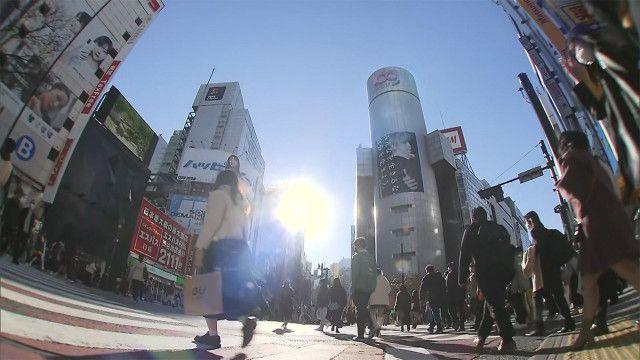Fukushima Daiichi nuclear power plant "treated water" released into the sea State-of-the-art equipment and why flounder is also raised
The plan to greatly dilute the "treated water" of the Tokyo Electric Power Company's Fukushima Daiichi Nuclear Power Plant and release it into the sea is about to start in about a year. In the work of measuring the concentration of treated water, "smart glasses" are introduced to improve efficiency and prevent mistakes. In addition, flounder will be bred on the premises to strengthen countermeasures against harmful rumors. (Soushi Matsuno, Social Affairs Department)
■ Rubble in the reactor building
It will soon be 11 years since the nuclear accident in March 2011. On the 26th of last month, I visited the premises of the Tokyo Electric Power Company Fukushima Daiichi Nuclear Power Station to learn about the current situation. Currently, about 4,000 workers a day are working on decommissioning the Fukushima Daiichi Nuclear Power Plant. When I got close to the reactor building of Unit 3, I could see that there was still rubble left inside the building, and it seemed as if time had stopped since then.
■ 1061 tanks

Many tanks to store "treated water"
Overlooking the entire premises, a large tank stands out. There are many, as if reminiscent of an oil complex. Actually, this tank is now a problem. What is in the tank is called "treated water", which is purified contaminated water. The number of tanks is 1061. It is difficult to increase the capacity any further, and it is estimated that the capacity will be full by the spring of next year.
■ Treated water to the sea
What should we do with the increasing amount of treated water in the future? In April last year, the government decided on a plan to dilute the treated water significantly below national standards before releasing it into the sea. Under the plan, the treated water that meets the concentration criteria will be mixed with a large volume of seawater. The ratio of diluted seawater is more than 100 times that of treated water. The concentration when released is well below 1500 becquerels per liter, which is 1/40 of the national standard. The diluted treated water is sent to a place called a water discharge shaft, where it is released into the sea after its concentration is measured.
Undersea Tunnel (Image)
The image of the release destination is about 1 km offshore, creating a tunnel on the seabed and passing it into the sea. The undersea tunnel is a very large-scale construction that is dug with a "shield machine" that is also used for making underground roads. The plan is to release the treated water into the ocean starting next spring over a period of about 30 years. It takes a long time, so a strong tunnel is necessary.
